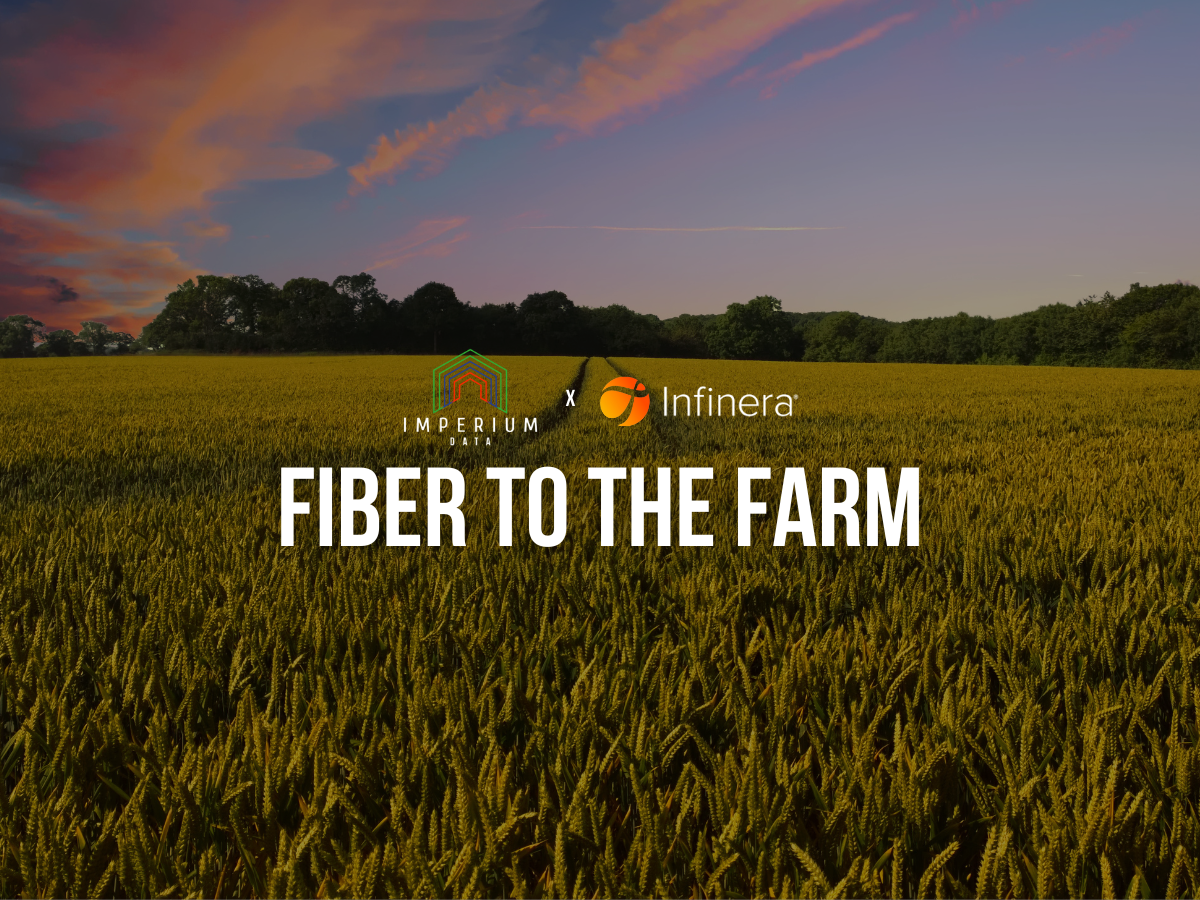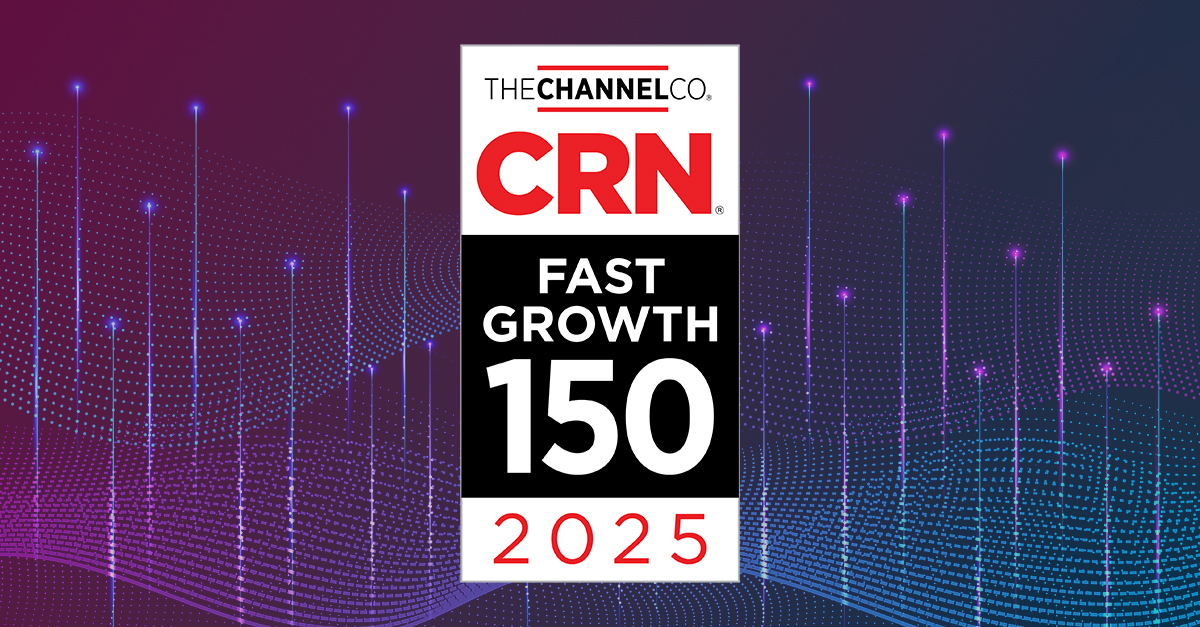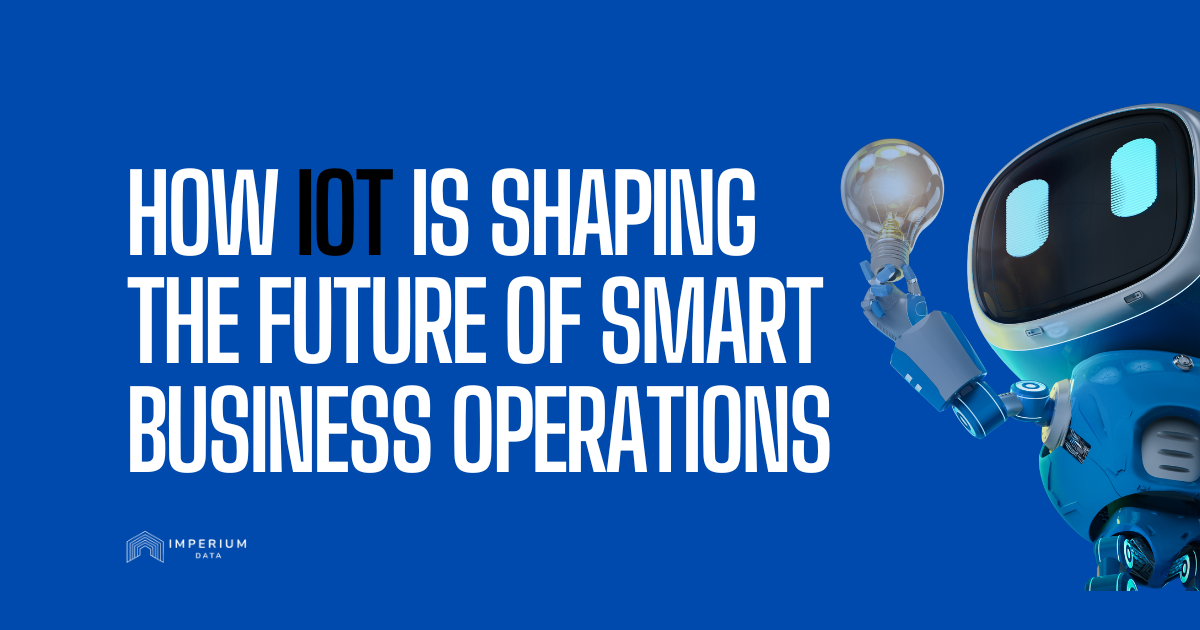Closing the Digital Divide
As we continue to move deeper into the information revolution, more and more exciting and intriguing applications are emerging, all of them made possible by the information and communication technology (ICT) industry. We have also become aware of the digital divide – or the gap between internet accessibility and computing access among diverse demographic regions and groups. For many years it has been known that the digital divide has a meaningful impact on education.
As time has progressed, we are seeing more and more other aspects of our business and social structure that are, unsurprisingly, impacted by the digital divide. For instance, there is a correlation, though not necessarily a causation, between salaries in regions that have good broadband access and regions that do not, as well as between the profitability of businesses in regions with good internet connectivity and regions without. The explanation for this relationship is that companies with better connectivity can utilize that resource to do better research, collaborate with their customers, have more timely communications, find better pricing, etc. Good broadband connectivity also links to better business growth. A business simply can’t move to a location with limited internet connectivity.
Technology Transforming Agriculture
The use of internet technology is also impacting agriculture. My family history is closely aligned with agriculture. My parents were raised on farms in Iowa. My father spent his entire professional career in the cattle business, and I have several cousins that are currently on tractors farming in the region, with numerous other relatives earning their livelihoods from agriculture.
Despite the popular persona of farmers as technology laggards, they have always been keen to adopt new technology to improve productivity, reduce costs, and minimize waste. They moved from horses to tractors and other forms of mechanization 70 to 100 years ago, to the current landscape where there are numerous companies applying new information technology to farming.
To illustrate the productivity gains, my father tells the story that right after WWII, he and his brother his sister, all 11 to 14 years old at the time, were pulled out of school for two weeks to help harvest corn by hand. Yes, he actually picked corn manually, one ear at a time, when he was 11. That year the family farm was about 240 acres, which was a large farm for one family at that time. They had about 80 acres in corn that yielded 65 bushels per acre. A bushel is the most common measure of volume for grains in the U.S. and is equivalent to about 35 liters. This year, one of my cousins is farming 2,400 acres and will yield about 280 bushels per acre. Thus, the land is about 10 times more productive now compared to then due to technological advances, including the elimination of leaving fields fallow to regenerate the soil. More amazing is the individual productivity: my cousin produces 120 time more corn each year than my grandfather. This huge gain in productivity is totally driven by technological advances from multiple sources.
Broadband as the Foundation
There are a lot of new productivity-enhancing technologies that my family has been talking about recently, each requiring broadband connectivity at the farm not only to the farmhouse, but also to associated buildings and fields. These new innovations fall into five categories: crop monitoring, drones, livestock monitoring, autonomous machinery, and building management.
One of my cousins shared that he is looking at two new products that utilize autonomous machinery and drones, both of which require broadband to the farm. The first one is an upgrade to his tractor where he could manually drive the tractor around the perimeter of the field then leave it and it would plant the rest of the field automatically. Apparently, not only is there a time savings, but it drives more accurately, saving seed, fertilizer, and pesticides. He is also working with one of the ag equipment companies to use a drone to monitor and spot treat his field, thus improving yield while minimizing operational fertilizer and pesticides as well as his own time.
Another cousin has shared possible improvements to building management. He is working with a company to make his corn storage silo a smart building, where sensors in the silo monitor environmental conditions and make real- time adjustments to reduce the risk of spoilage and mold. Additionally, the system helps track and monitor maintenance of the building.
A relative who works for a fertilizer company is working on projects associated with crop monitoring. His company is using a variety of monitors spread around the field, including imagery and moisture detectors to identify when and where fertilizer and pesticides are needed.
All my cousins have focused on crop farming, but one shared a project his neighbor is doing associated with livestock monitoring. The system his neighbor is investigating uses body monitors on cattle with the goal of early detection of illness and the optimization of feed and medicine mixes.
Optical Transport in Broadband Networks
These are all very interesting applications that require broadband technology at the farm and in the field. There are two network aspects to bringing broadband to the farm: the access technology, which connects to the end- user locations, and an optical transport network that connects the access network to the internet. That’s where Infinera comes in. Infinera builds industry-leading optical transport systems. Our systems can accommodate any access technology and any router layer technology with a plethora of meaningful features, some of which are shown in the figure below.
Closing the Digital Divide
As the push to close the digital divide by deploying broadband networks into underserved and rural areas continues, not only are we addressing the commonly identified issues, but we are also enabling productivity-improving applications for the agriculture industry as well as many other industries. With today’s geopolitical uncertainties and rising food prices, improving agricultural production is a necessity. Specifically, back in the year 2000, state-of-the-art wavelength-division multiplexing optical transport systems could provide up to 400 Gb/s of capacity per fiber pair. Two decades later, the same fiber pairs can carry up to 80 Tb/s – a 200-fold increase delivering massive cost-per-bit reduction and making applications such as fiber-to-the-farm economically feasible. Infinera is ready to help you.
Fiber to the Farm
The information above was written by Jeff Babbit, Sr. Manager Partner Marketing, at Infinera.
The collaboration between Imperium Data and Infinera marks a significant stride in the realm of advanced technology solutions. By synergizing Imperium Data’s expertise in data management and Infinera’s prowess in optical networking, this partnership promises to revolutionize data transmission and storage capabilities. Together, they aim to reshape the landscape of seamless data connectivity, offering businesses and industries an unparalleled edge in managing their data infrastructure. This strategic alliance not only underscores the power of innovation but also reflects a shared commitment to driving progress in an increasingly interconnected world.
If you would like to learn more about Imperium Data and Infinera, click here.



